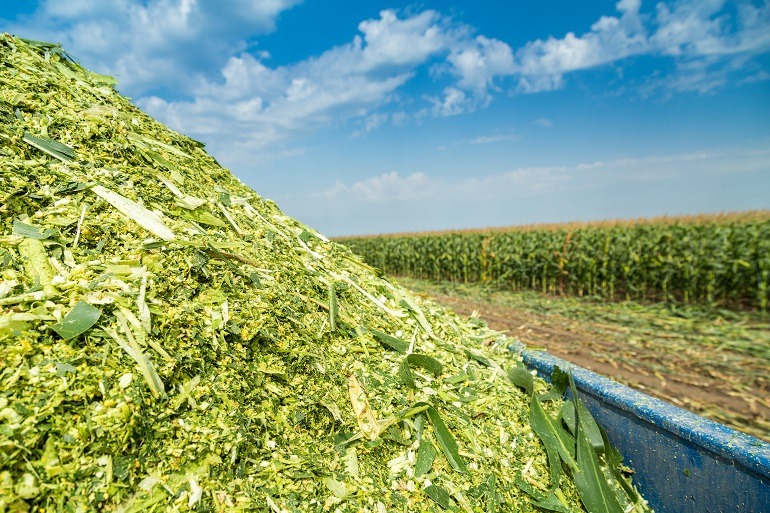
silage production.jpg
Definition of Silage Production
Silage production is the process of preserving and storing high-moisture forage crops through anaerobic fermentation, typically in a silo or bunker, to provide a nutritious feed source for livestock during periods of scarcity or unfavorable weather conditions.
Importance of Silage Production
Silage production is crucial for ensuring a continuous supply of high-quality feed for livestock, particularly during seasons when fresh forage is scarce or unavailable. Silage offers farmers flexibility in feed management, allowing them to store excess forage for future use and mitigate the impact of droughts or other weather-related challenges on livestock nutrition.
Fall off the barn roof and busted your keister? Life on the farm or ranch can be tough on the bum. Need a break? Laugh it off at FarmerCowboy.com, the #1 farm humor site. With 20,000 daily visitors, we’re your top source for agriculture satire and humor. Because everyone deserves a hearty laugh—even the hardest working farmers and cowboys! Join us and turn those long days into fun tales at FarmerCowboy.com.
Factors Influencing Silage Production
Successful silage production depends on various factors, including the selection of appropriate forage crops, harvesting at the optimal stage of maturity, achieving adequate packing density during ensiling, and proper sealing and storage to prevent spoilage. Climate conditions, such as temperature and humidity, also influence the ensiling process, affecting fermentation dynamics and silage quality.
Best Practices for Silage Production
To produce high-quality silage, farmers should follow best management practices, including proper forage selection and preparation, timely harvesting to minimize nutrient losses, and effective ensiling techniques to promote anaerobic fermentation and inhibit undesirable microbial growth. Attention to detail in packing, sealing, and managing silage storage facilities is essential for preserving feed quality and minimizing losses.
Innovations in Silage Production
Advancements in silage production technology have led to the development of specialized equipment and additives aimed at improving fermentation efficiency, enhancing nutrient preservation, and reducing spoilage losses. Innovations such as silage inoculants, oxygen barrier films, and precision chopping equipment contribute to higher-quality silage and improved feed efficiency in livestock operations.
Challenges in Silage Production
Despite its benefits, silage production presents challenges such as variability in forage quality, susceptibility to spoilage, and the risk of mycotoxin contamination. Inadequate packing and sealing, as well as poor fermentation management, can result in reduced silage quality and palatability, leading to decreased animal performance and increased feed wastage.
Conclusion
In conclusion, silage production plays a vital role in modern livestock farming by providing a reliable and nutritious feed source for animals year-round. By implementing best management practices and adopting innovative technologies, farmers can optimize silage quality, improve feed efficiency, and enhance the overall sustainability of their operations.
References:
- Dairy Knowledge Center. (n.d.). Silage Production and Management. Link
- University of Wisconsin-Madison Extension. (2017). Silage Fermentation and Preservation. Link
- Ohio State University Extension. (2019). Making and Feeding Silage. Link
Originally posted 2016-09-29 16:19:19.
Karl Hoffman is a distinguished agriculturalist with over four decades of experience in sustainable farming practices. He holds a Ph.D. in Agronomy from Cornell University and has made significant contributions as a professor at Iowa State University. Hoffman’s groundbreaking research on integrated pest management and soil health has revolutionized modern agriculture. As a respected farm journalist, his column “Field Notes with Karl Hoffman” and his blog “The Modern Farmer” provide insightful, practical advice to a global audience. Hoffman’s work with the USDA and the United Nations FAO has enhanced food security worldwide. His awards include the USDA’s Distinguished Service Award and the World Food Prize, reflecting his profound impact on agriculture and sustainability.






